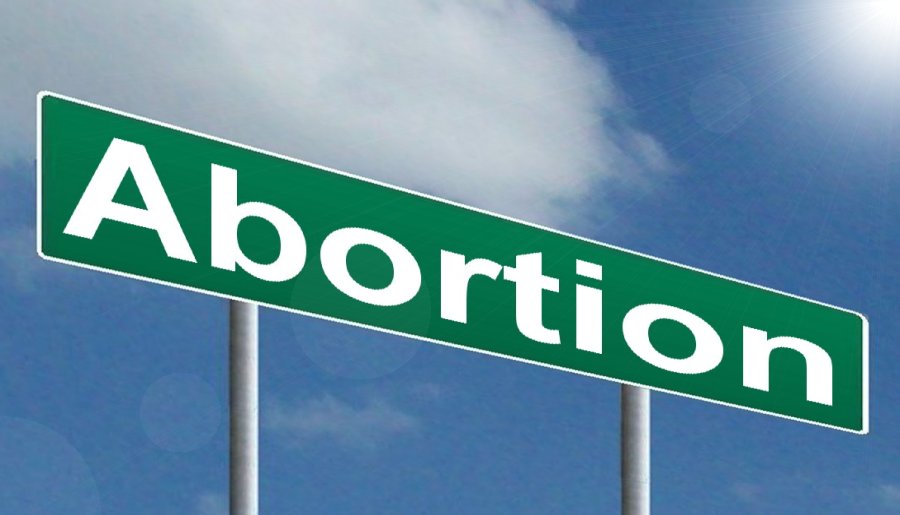Home gardens are key to addressing problems with food insecurity and lack of nutrition education, advise experts
02/22/2021 / By Michael Alexander

Food deserts are an increasing problem in the U.S., but a recent study is seeking to alleviate it. Food deserts, according to experts, are areas that have limited access to affordable and nutritious food, making them the direct opposite of food oases, which are defined as areas with higher access to markets or vegetable shops with fresh foods.
In a study published in the Journal of Nutrition Education and Behavior, researchers from the University of California at San Francisco noted that urban and home gardens — combined with nutrition education — could be a path toward correcting that disadvantage.
For the study, researchers followed 32 participants of a gardening program offered by community-based urban garden organization Valley Verde for a year. The researchers did this to better understand perceptions of the health benefits and acceptability of urban home gardening, especially since interest in such activities has been on the rise.
According to the researchers, Valley Verde’s program serves a low-income and predominantly immigrant population, with its staff providing program participants with the knowledge, skills and tools needed to grow their own organic gardens.
Aside from the gardening workshops, Valley Verde also helped provide nutritional education to its participants, with the organization teaching classes on how to increase vegetable, fruit and whole-grain intake; healthy shopping strategies; and how to make healthier versions of traditional recipes.
“This home-based model can play a vital role in urban agriculture and has the potential to directly impact health by tying the garden to the household,” said lead author Kartika Palar, a researcher from the UCSF Department of Medicine.
The program’s participants were interviewed before, during and after the workshops to track what they learned and how they were implementing it. An overwhelming majority of the respondents stated that they now eat more fresh produce such as vegetables and fruits after participating in the Valley Verde program, with the participants citing factors such as increased affordability, accessibility, freshness, flavor and convenience as major factors. (Related: Home gardening basics: 12 Tips for newbie farmers.)
One participant, a 47-year-old woman, noted that having a garden helped during times when the money ran low in their household and that it expanded their options in terms of food.
“We had some delicious meals with lots of peas because the winter peas were doing really well, and then we could just draw on that when you’re out of options,” the woman said.
Another participant, a 34-year-old man, noted that he has started to value the food he cooks since enrolling in the program, primarily because he grew most of the ingredients himself.
“I value [more] the things that I cook, and the things that I get from my garden, over the things I buy. There’s a big difference…I feel good that I grew it and I am eating something that I grew. So for me, it’s priceless,” he said.
Aside from having a more varied diet, the participants also noted having less stress, as well as an uptick in their exercise routines. According to the researchers, these instances can be ascribed to the physical activities done by the participants as they tend to their gardens, such as watering, harvesting and planting.
According to the researchers, their findings suggest that integrating gardening with culturally-relevant education on nutrition can be of great help to communities suffering from low-income.
“Urban agriculture is an important community resource that may contribute not only to nutrition and health but also to urban development and social connection,” Sheri Weiser, the senior author of the study, said, adding that combining urban home gardening with nutrition education is an innovative strategy that can help reduce the occurrence of health issues in low-income populations with limited access to healthy food.
Gardening can be a challenging endeavor, but having a support system that integrates health-oriented education with practical knowledge can be of great help to anybody who wishes to get a headstart on food independence.
Learn more about growing your own food at Homesteading.news.
Sources include:
Tagged Under: agriculture, crops, farming, food desert, food independence, food insecurity, food oases, food supply, fresh produce, green living, harvest, home gardening, homesteading, preparedness, sustainable living
RECENT NEWS & ARTICLES
COPYRIGHT © 2017 FREEDOM NEWS





















